If you happen to experience muscle twitches after exercising, rest assured that in most cases, this is not a sign of any serious health problem. Rather, this usually affects muscles in our limbs and is known to take place after physical activity, manifesting through rapid contractions and releases of muscles. These twitches are usually clearly visible, and they might affect any part of our body.
Why Does Muscle Twitching Happen?
Muscle twitching during relaxation is known to happen to people who practice aerobics, trail running, power hiking, heavy weight lifting, and other demanding activities of this type.
Once a serious training session is over numerous chemical changes take place in our body. During these changes, our muscles produce lactic acid which is behind the twitching. Once we continue our workout, the production of lactic acid stops, leading to the cessation of the twitches as well.
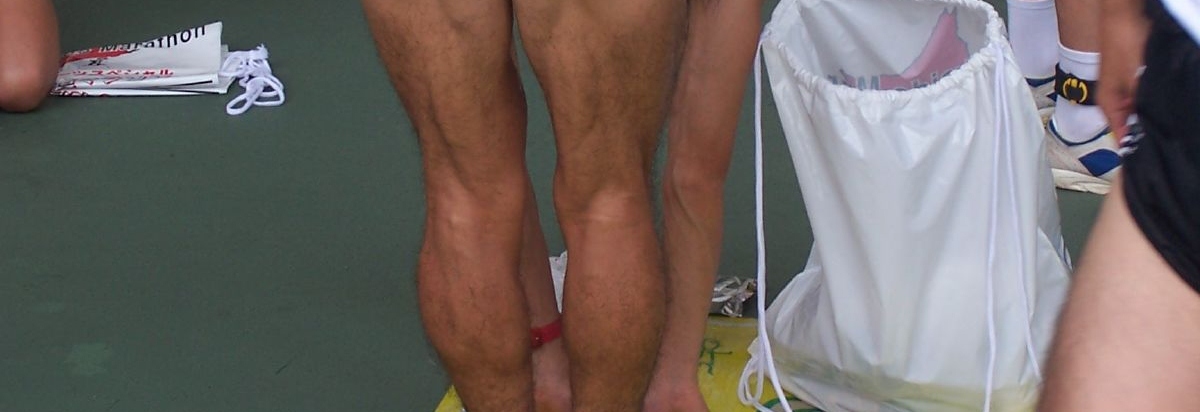
There are other alternative explanations for this phenomenon. Basically, the motor neurons from our brain get excessively active during intensive exercise. However, once we stop, the neurons need some time to relax, triggering muscle twitches until they manage to return to their previous state.
Is This a Problem?
Muscle twitching is usually benign, especially once it happens after rigorous exercising. However, it can also be a sign of a certain health complication. Possible negative triggers of these twitches are nervous system diseases like amyotrophic lateral sclerosis (ALS), which manifests through twitches combined with muscle weakness in the limbs, clumsiness, and cramps.
- EAMC is a temporary but intense and painful involuntary contraction of skeletal muscle occurring during or soon after a period of physical activity.
- EAMC is highly unpredictable and it seems likely that different mechanisms may operate in different scenarios.
- Although seemingly suggesting that cramp is common, these data are a mixture of incidence rates in single events and lifetime incidence. Most often, cramping is a relatively minor inconvenience: Schwabe et al. reported the incidence of serious muscle cramping to be less than one per thousand runners in a large cohort (65,865 runners) of participants in half-marathon and ultra-marathon events. To put these data in perspective, Abdulla et al. reported that among an outpatient sample aged 65 years or older, 50% of outpatients experienced frequent muscle cramps, and that another survey of a similar population reported a similar prevalence of 56%, with half having cramps occurring at least once per week.
- About 7–12% of patients with amyotrophic lateral sclerosis (ALS), a progressive, fatal neurodegenerative disorder, present with muscle cramping.
- Proposed mechanisms include disturbances of water and electrolyte balance, and abnormal spinal reflex activity.
Also, know that once the twitches cease when you resume your physical activity, this is a good sign and nothing to worry about. On the other hand, if they remain persistent nevertheless, seek a medical opinion regarding the issue.
Preventing Muscle Twitching after Exercising
Most people have no problems with muscle twitching since it comes and goes. Nevertheless, you can make this phenomenon less frequent by drinking adequate amounts of water during and after your workouts.
Also, compensate for all the substances you lose through sweating, including potassium, calcium, and sodium. Alternatively, you can apply massage to the troublesome spot or meditate to relax your muscles and prevent twitches.
Finally, never neglect stretching and warming up before exercising, and keep your workouts gradually advancing. Make sure you take some days off for your body to recuperate.
All in all, muscle twitching after exercising is likely to present no significant problem. Still, if it remains persistent or goes hand in hand with the symptoms mentioned above, seek medical assistance.


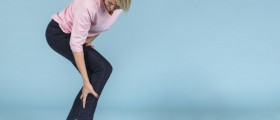

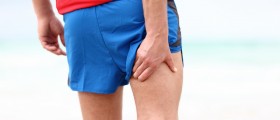


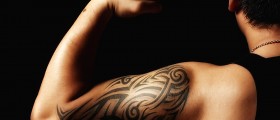



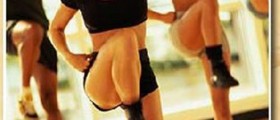
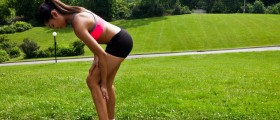


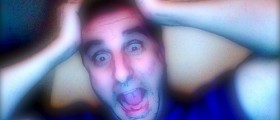

Your thoughts on this
Loading...